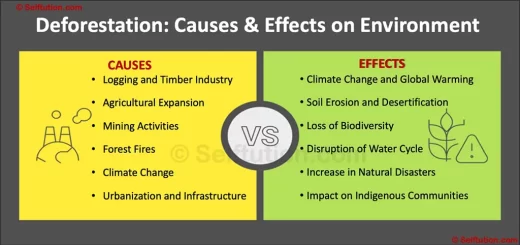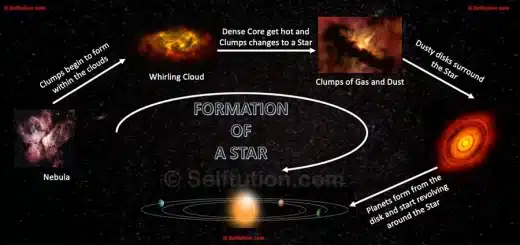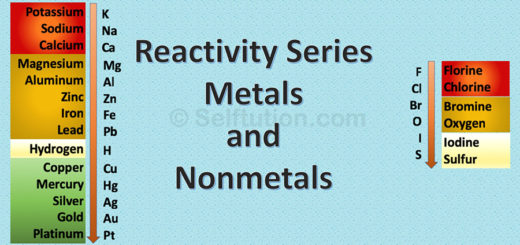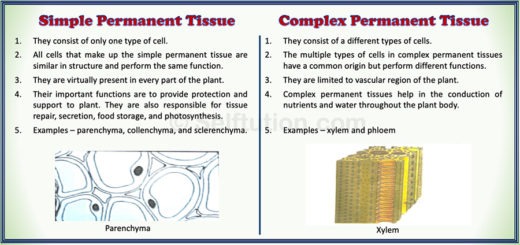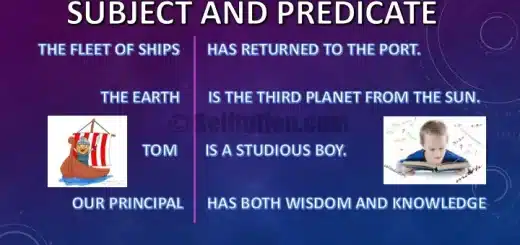Difference Between Meteors, Meteorites, and Meteoroids
Looking up at the night sky, you might see a streak of light zipping across. That’s a meteor! But have you ever wondered what makes meteors different from meteorites and meteoroids?
Let’s dive into the fascinating world of celestial objects and learn about their unique characteristics in simple language.
Understanding Meteors:
Meteors, often known as shooting stars or falling stars, are bright streaks of light that streak across the night sky. They are visible to the naked eye and create dazzling displays as they burn up in Earth’s atmosphere.
Meteors are fleeting phenomena, lasting only a few seconds before disappearing. They’re not stars; they’re small pieces of rock or metal called meteoroids. When meteoroids enter Earth’s atmosphere, they heat up, create the glowing trail we see, and turn into meteors. Most meteors burn up completely before reaching the ground.
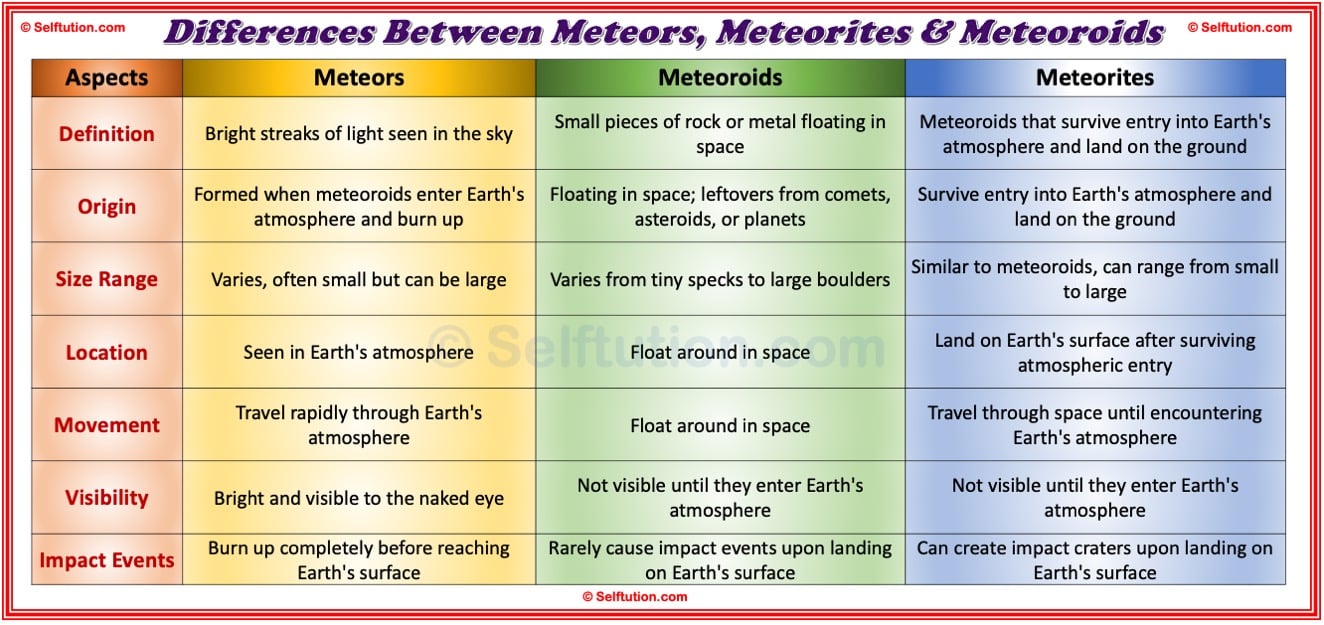
Difference between Meteors, Meteorites and Meteoroids
Meteors are formed when small pieces of space debris, known as meteoroids, enter Earth’s atmosphere at high speeds. These meteoroids are typically remnants of comets or asteroids that have broken off due to collisions or gravitational interactions. As meteoroids travel through the atmosphere, friction with air molecules heats them, causing them to glow brightly and create the characteristic streaks of light we observe as meteors.
Exploring Meteoroids:
Meteoroids are like tiny space rocks floating around in the vastness of space. They come in different shapes and sizes, ranging from specks to large boulders. Some are leftover pieces from comets or asteroids, while others are fragments of planets or moons. Meteoroids can travel through space for millions of years before encountering Earth’s atmosphere.
Unraveling Meteorites:
Meteorites are special because they’re meteoroids that survive their journey through Earth’s atmosphere and land on the ground. They can be found worldwide and come in various shapes and sizes. Meteorites are like pieces of outer space that have traveled millions of miles to reach us. They are tangible pieces of extraterrestrial material that provide valuable insights into the composition, history, and dynamics of the cosmos. Scientists study meteorites to learn more about the history of our solar system and the materials that formed planets like Earth.
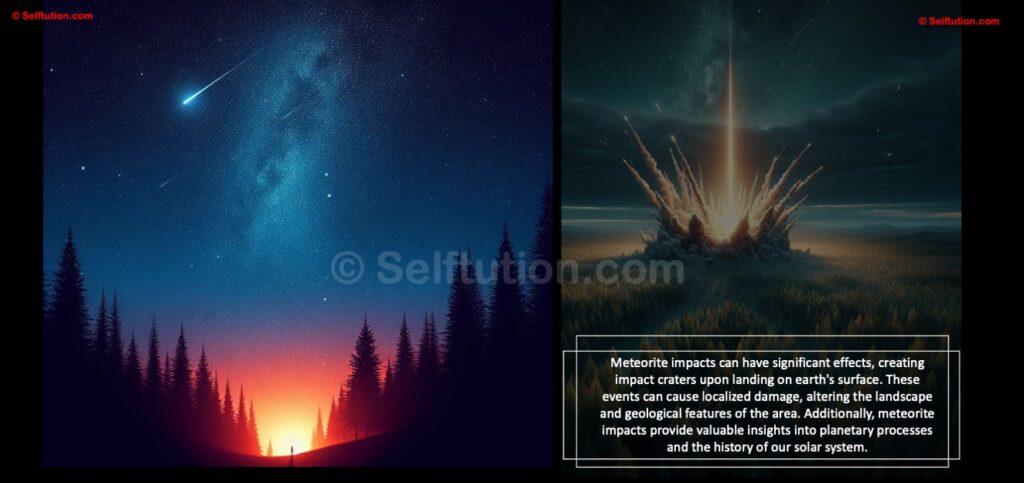
A meteorite with its fiery tail traveling in the night sky when falls on Earth, may cause a huge explosion and devastation.
Differences Between Meteors, Meteorites, and Meteoroids:
Location:
- Meteors burn up in Earth’s atmosphere, creating bright streaks of light.
- Meteoroids float around in space until they enter Earth’s atmosphere.
- Meteorites are meteoroids that survive and land on Earth’s surface.
Size:
- Meteors are usually small and burn up quickly.
- Meteoroids can vary in size from specks to large rocks.
- Meteorites can be small pebbles or large boulders, depending on their size before entering the atmosphere.
Composition:
- Meteors and meteorites are often made of rock or metal.
- Meteoroids can be composed of various materials found in space, including rock, metal, or a combination of both.
Meteors, meteoroids, and meteorites may sound similar, but they have unique characteristics and roles in the cosmos. Next time you see a shooting star, remember that it’s just a tiny piece of rock or metal burning up in Earth’s atmosphere. And if you ever come across a strange-looking rock, it might be a meteorite, a piece of outer space right here on Earth! By studying meteors, meteoroids, and meteorites, scientists can unravel the mysteries of the solar system’s formation, evolution, and dynamics, enriching our knowledge of the cosmos and our place in it.
You may also like…...Valence Shell & Electrons
